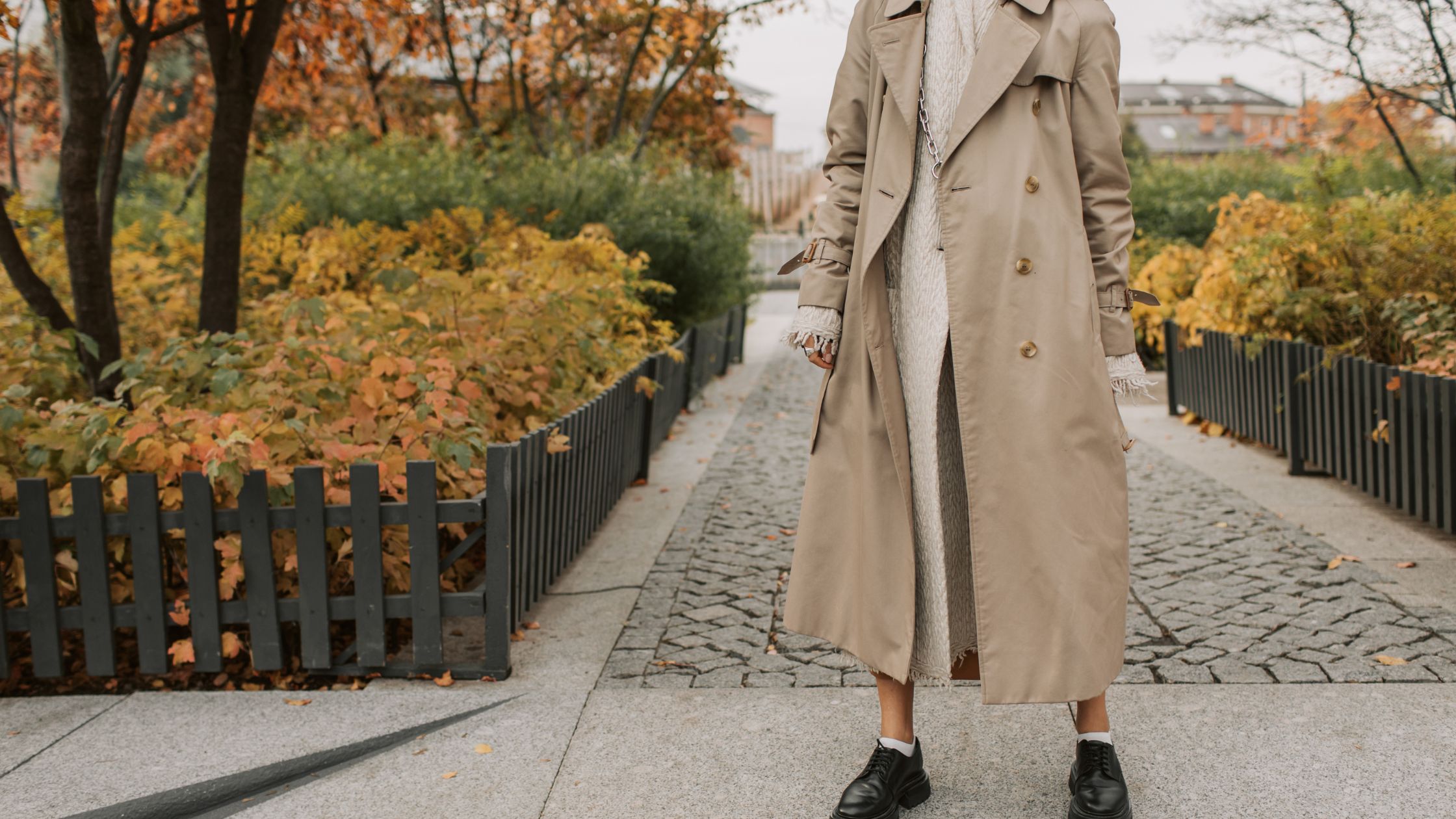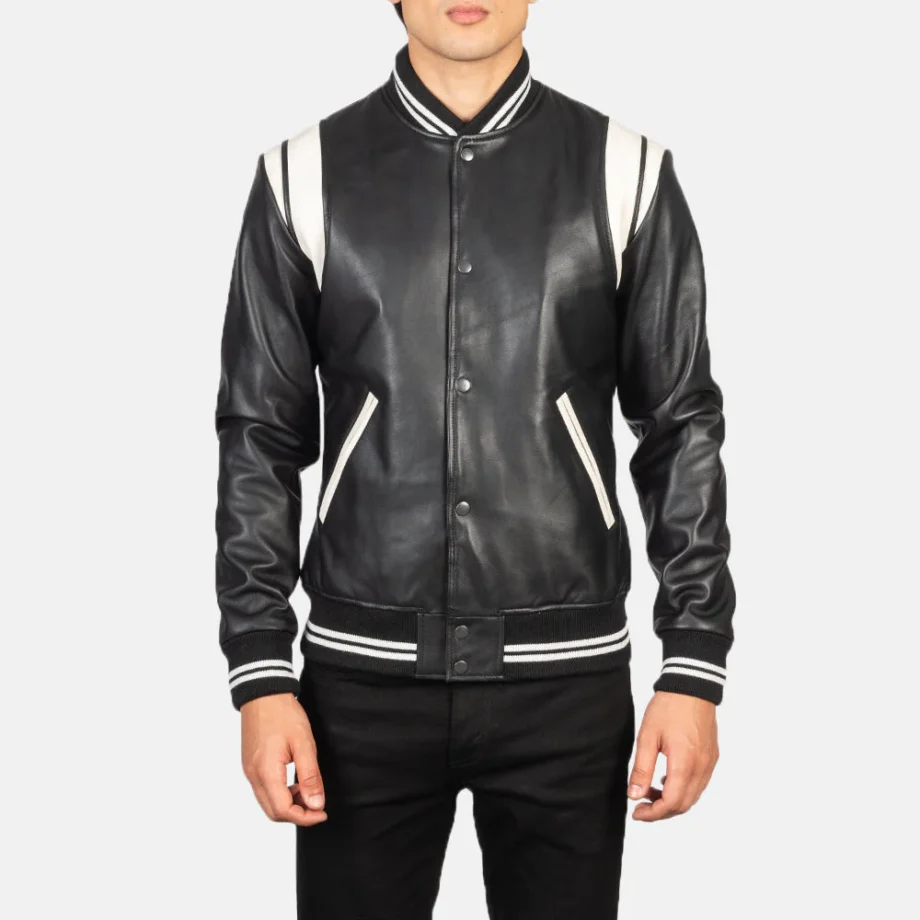A trench coat, sometimes known as a trenchcoat, is a type of coat constructed of waterproof, sturdy fabric that was first created for British Army officers prior to World War I. It gained popularity while being used in the trenches.
The traditional color of a trench coat was khaki. It was originally constructed from gabardine, a worsted wool cloth waterproofed using lanolin before weaving.
Trench coats are typically double-breasted with 10 front buttons, broad lapels, a storm flap, and button-closed pockets.
When to wear a trench coat?
Trench coats are a classic and versatile outerwear option that can be worn in a variety of settings and occasions. But when to wear a trench coat? Here are some situations in which a trench coat might be appropriate:
1. During wet or rainy weather: Trench coats are designed to keep you dry, so they are a good choice when the weather is wet or rainy. They can be worn over your regular clothes to protect them from the elements.
2. As formal or business attire: Trench coats can be dressed up or down, making them a suitable choice for formal or business attire. They can be worn over a suit or other professional attire to add an extra layer of protection against the weather.
3. For casual or everyday wear: Trench coats can also be worn as a casual or everyday outerwear option. They can be paired with jeans, sneakers, and a t-shirt for a laid-back, stylish look.
A trench coat is a versatile and stylish piece of outerwear that can be worn in a variety of situations. It is a good choice for wet or rainy weather and can also be dressed up or down for formal or casual occasions.
Is trench coat only for rain?
You may discover models with a tonne of added features that make them excellent choices for windy, chilly, or wet weather, and these adaptable items always look sharp. Trench coats are warm and waterproof, so the short answer is yes; however, it depends on the style, design, and features.
What is the use of a trench coat?
The trench coat was created to shield the wearer from snow and rain. They are slightly more lightweight and water-resistant. To be warm and dry at the same time, you must layer underneath the trench coat.
Why is a trench coat necessary?
Both men and women adore trench coats, and it is simple to understand why. Here are some explanations for why you require a trench coat.
Trench Coats Have Many Useful Functions:
The trench coat has broad pockets and a belt in addition to a practical design. The pocket allows you to store valuables or possibly put your hands in for particularly chilly days, while the belt helps you adjust the coat to your body’s demands and the appearance you’re striving for. The greater length of the coats also helps shield your legs from the rain.
With trench coats, you can wear them casually or formally:
Trench coats are ideal for both professional and informal settings. Later on, when we talk about trench coat styling advice for men and women, you’ll learn how to put together a fantastic, sophisticated appearance. Trench coats never fail to impress, whether you’re meeting up with pals for a casual get-together or a significant client.
History?
-1st world war:
In place of the bulky serge greatcoats that British and French soldiers wore during the First World War, the trench coat was created. Two upscale British clothing companies, Burberry and Aquascutum, both assert that the trench coat was invented by them; Aquascutum’s claim dates to the 1850s. In 1879, Thomas Burberry created gabardine cloth, and in 1901, he provided the War Office with a design for a raincoat for a British Army officer.
In the British Army, the trench coat evolved into an optional piece of clothing that officers and Warrant Officers Class I acquired on their own initiative and were not required to own. They couldn’t be worn by other ranks.
-2nd world war:
British officers continued to wear trench coats on the battlefield in bad weather throughout the Second World War. However, as the war went on, shorter “field jackets” gained popularity in the field, including outfits like the Denison smock worn by British commandos, as well as other armies of continental Europe, including Belgium, France, Germany, Greece, the Netherlands, and Poland (and were frequently seen in war zone photographs in the 1939–1940 era, even worn by troops on the attack), para compared to the trench coat, these clothes were shorter and more useful.
After the war, trench coats became popular with civilians as well. They were worn by both men and women as a stylish and practical outerwear option. Now you get the idea about when to wear a trench coat. Over time, the trench coat has been made in a variety of materials, including leather, cotton, and polyester.
Leather trench coats, in particular, can be a popular choice due to the durability and water-resistant properties of leather. They are a good choice for wet or rainy weather and can also add a stylish touch to an outfit.




